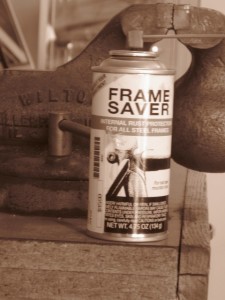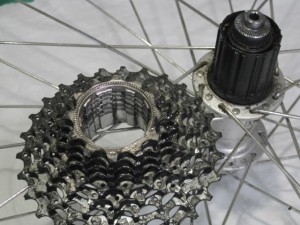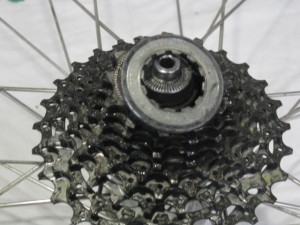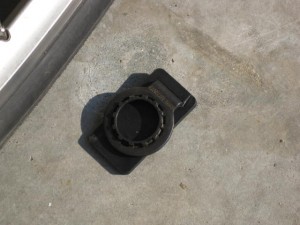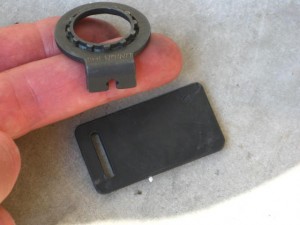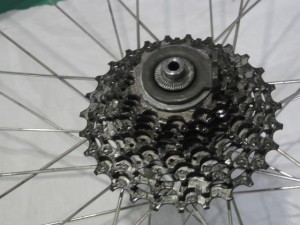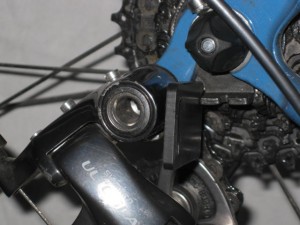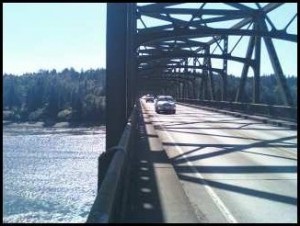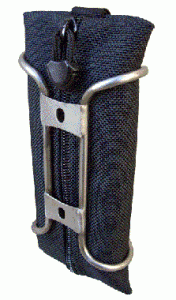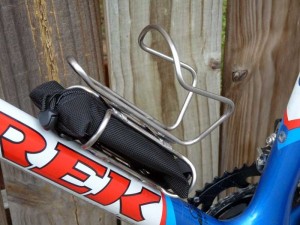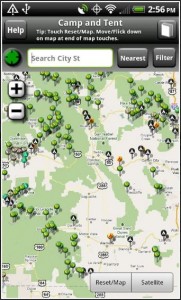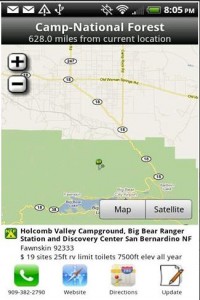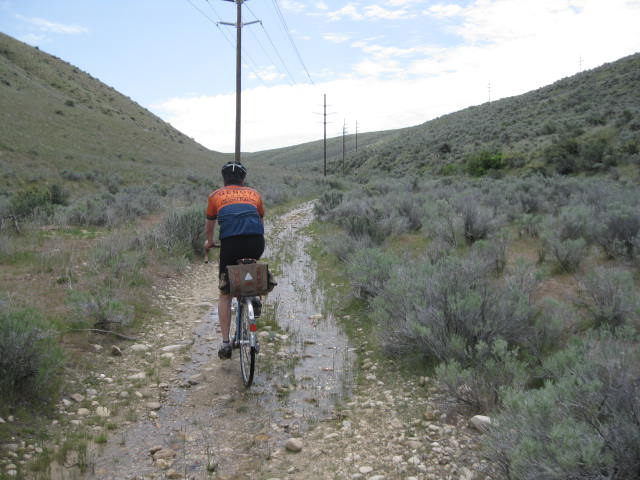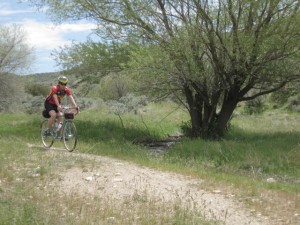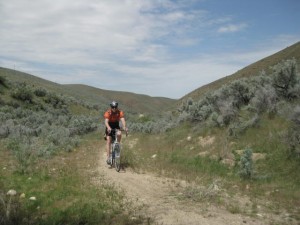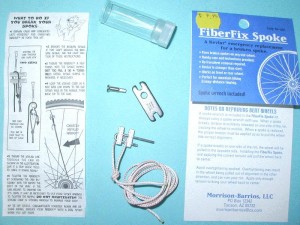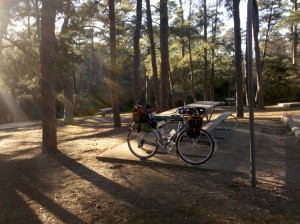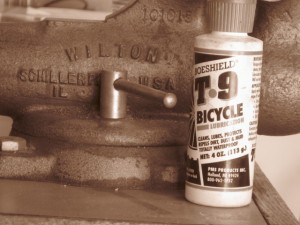
Steel can rust. More in some climates than in others. And rust will form when water, or water vapor, and air are both present and available. What does that mean for a steel bicycle frame? I have two steel frames, one is 40 years old and the other is 18 years old. Both have been ridden hard and put away wet, although for the last several years neither one has been assembled with parts and so there is no chance for moisture to mix with air and rust them out. (Not here in the high desert of Idaho anyway) Neither frame shows signs of rust on the inside of the tubes. Well, maybe a little bit on the older frame, but nothing worrisome.
There are a couple of precautions that can be taken to protect a steel bicycle from rust:
TAKE THE BIKE APART ONCE IN A WHILE! At least take the seatpost out and preferably the bottom bracket too. Let the bike sit inside long enough for any residual moisture to evaporate. Lube everything and put it back together. This is especially important for aluminum seatposts since the aluminum in contact with the steel WILL corrode, potentially requiring that the post be cut out of the frame seat tube. Don’t ask how I know this.
Use JP Weigle Frame Saver or Boeshield T-9 inside the tubes. Both products are delivered via solvents which evaporate and leave a sticky, protective film on exposed steel. Best to apply either one to a completely bare disassembled frame, since they are messy and you want the coating to be thorough, which means it will be dripping out of every orifice. Follow the instructions and precautions and make sure to use enough to completely coat the inner surfaces, but not too much. Be sure to allow enough time for the drying/evaporating process. The Boeshield T-9 makes a good chain lubricant as well.
Don’t let the fear of rust scare you away from a steel frame. In most cases, and with a little care, it will not be an issue.

